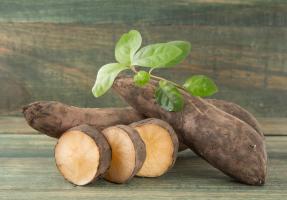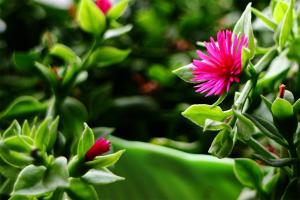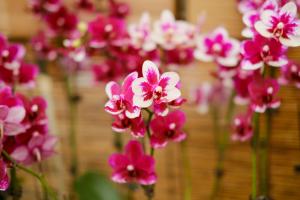Should I Leave Plant in Plastic Pot?
When it comes to planting, the container is just as important as the soil and the plant itself. Plastic pots are widely used as they are easily available, lightweight, and cheap. However, many people wonder if they should leave their plants in the plastic pot or transplant them to a ceramic or clay pot. In this article, we will explore the advantages and drawbacks of leaving plants in plastic pots.
Advantages of Leaving Plants in Plastic Pots
One of the biggest advantages of leaving plants in plastic pots is their durability. Plastic pots can withstand harsh weather conditions, such as extreme heat and cold, and are not prone to breakage. They are also lightweight, which makes them easy to move around and rearrange in your garden or home. Plastic pots are also affordable, so you can buy more of them for less money.
Another advantage of keeping plants in plastic pots is that they are less likely to dry out quickly. Plastic pots are non-porous, which means they do not allow water to evaporate as quickly as terracotta or ceramic pots. This can be particularly useful if you live in a hot, dry climate or if you have a busy schedule and cannot water your plants as often as they need.
Drawbacks of Leaving Plants in Plastic Pots
While there are many benefits to keeping plants in plastic pots, there are also some drawbacks. Plastic pots do not allow for proper air circulation, which can result in root rot or fungal diseases. The lack of drainage holes is another problem, as excess water can accumulate in the pot and lead to root rot. To prevent this, make sure to create drainage holes in the bottom of the pot before planting your seedlings.
Another disadvantage of keeping plants in plastic pots is that they can become brittle and crack over time. This can happen if the pot is exposed to the sun for long periods or if it is repeatedly moved around. Once a plastic pot becomes cracked or damaged, it can no longer offer the same support and protection to the plant as a sturdy ceramic or clay pot.
When to Transplant Your Plant
If you are unsure whether to leave your plant in a plastic pot or transplant it, here are some signs that your plant may need a new container:
The plant is root-bound, meaning the roots have outgrown the pot and are starting to emerge from the drainage holes.
The plant is top-heavy and keeps tipping over.
The soil in the pot dries out quickly, even after you water it.
You notice mold or fungus growing on the soil or leaves.
If any of these signs are present, it is best to transplant your plant to a larger, more appropriate container. Ceramic or clay pots are great options as they provide better air circulation and drainage for your plants.
Conclusion
Leaving your plant in a plastic pot has its advantages and drawbacks. While plastic pots are durable, affordable, and less likely to dry out quickly, they do not allow for proper air circulation and can become brittle over time. If you notice signs of root-bound, top-heavy, or moldy plants, then it may be time to transplant your plant to a more suitable container. Ceramic or clay pots are great options that provide better drainage and air circulation for your plants.

 how many times do yo...
how many times do yo... how many planted tre...
how many planted tre... how many pine trees ...
how many pine trees ... how many pecan trees...
how many pecan trees... how many plants comp...
how many plants comp... how many plants can ...
how many plants can ... how many plants and ...
how many plants and ... how many pepper plan...
how many pepper plan...





























